April 24, 2025
More people are living longer. And most want to live independently as they age, in their own home. That hope frequently runs into challenges. Loneliness impacts the well-being of older people. Physical limitations make it harder to do chores and socialize outside the home. Memory issues can lead to missed appointments and failure to take needed medications.
Today, many of these challenges are met with the help of part-time home health aides. But the number of seniors continues to grow. In 2020 there were more people over 60 years-old than there were children under the age of five, according to the World Health Organization. By 2050, the proportion of the world’s population over 60 years old will nearly double what it was in 2015, from 12% to 22%.
IEEE Senior Member Ralf Ma explained that a growing senior population means as they retire, there’s a greater need to care for them, but a smaller workforce: “An aging population is one of the major challenges that humanity faces,” he said. “Artificial intelligence improves social productivity and fundamentally solves the problem of a decreasing labor force. Future household robots can also solve the problem of elderly care in their later years.”
The idea of robots for elder care has been discussed for years. IEEE Spectrum, for example, showed how a semi-autonomous robotic table could help older people maintain independence by simply carrying things for them.
Adding AI to Robotics
As artificial intelligence has advanced, there is increasing interest in using it to interface with robots. Because of advances in natural language processing, people regularly talk to smartphones and electronic devices that can now respond using generative AI. Shouldn’t robots be able to do the same thing?
Other advances might make it easier for robots to recognize objects in their environment or move within it.
“In the future, robots might remind them to take medicine, help with daily tasks and keep them company. They also notice emergencies and call for help when needed, making life safer and easier for seniors,” said IEEE Senior Member Márcio Teixeira.
Robots might also be able to receive data from sensors worn by the people they care for.
“Caregiving robots will also be able to monitor health using sensors and track vital changes to provide emergency services in real time when a problem has been identified,” said IEEE Graduate Student Member Haonan Guo.
A Cure for Loneliness?
One hope is that robots can have in-depth conversations with the people they care for, thus alleviating some of the loneliness that comes with living alone.
And the idea of talking to robots isn’t as strange as one might think. The first ever chatbot, called Eliza, was built with 200 lines of code close to 60 years ago, and it was designed to simulate the experience of going to a therapist.
The program was effective enough. Its designer, Massachusetts Institute of Technology computer scientist Joseph Weizenbaum, was often concerned because “during the brief interactions with Eliza, many users began forming emotional attachments to the algorithm. They would open up to the machine and confess problems they were facing in their lives and relationships.”
The evolution of chatbots has progressed significantly, and there are already several devices on the market that use generative AI to serve as conversational chatbots or emotional support robots.
But so far, robotics isn’t advanced enough to have an all-in-one general purpose robot that can help with chores. Once there is, however, it’s only a matter of time before the robot is also given conversational capabilities.
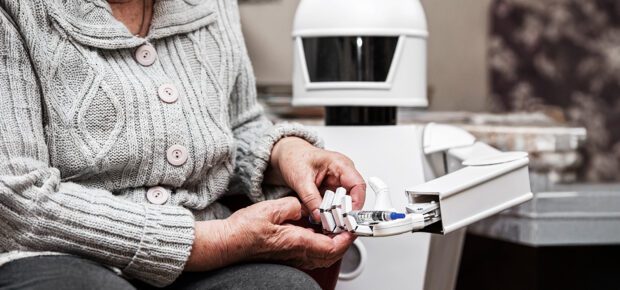




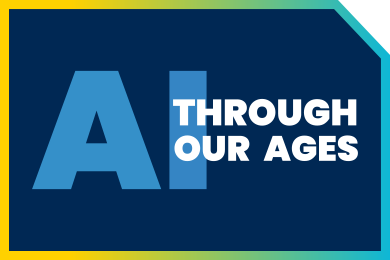 AI Through Our Ages
AI Through Our Ages Liquid Infrastructure: Our Planet's Most Precious Resource
Liquid Infrastructure: Our Planet's Most Precious Resource The Impact of Technology in 2025
The Impact of Technology in 2025 Quantum and AI: Safeguards or Threats to Cybersecurity?
Quantum and AI: Safeguards or Threats to Cybersecurity? Why AI Can't Live Without Us
Why AI Can't Live Without Us Bits, Bytes, Buildings and Bridges: Digital-Driven Infrastructure
Bits, Bytes, Buildings and Bridges: Digital-Driven Infrastructure Impact of Technology in 2024
Impact of Technology in 2024 Emerging AI Cybersecurity Challenges and Solutions
Emerging AI Cybersecurity Challenges and Solutions The Skies are Unlimited
The Skies are Unlimited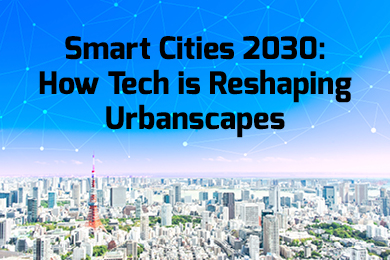 Smart Cities 2030: How Tech is Reshaping Urbanscapes
Smart Cities 2030: How Tech is Reshaping Urbanscapes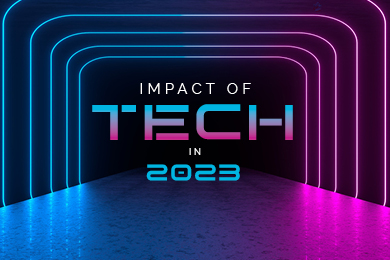 Impact of Technology 2023
Impact of Technology 2023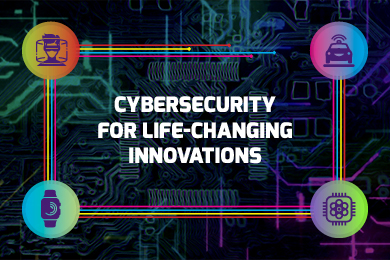 Cybersecurity for Life-Changing Innovations
Cybersecurity for Life-Changing Innovations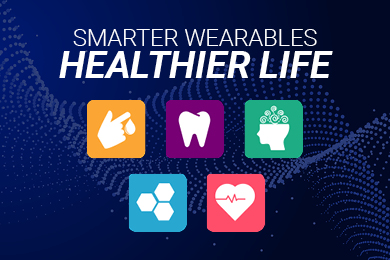 Smarter Wearables Healthier Life
Smarter Wearables Healthier Life Infrastructure In Motion
Infrastructure In Motion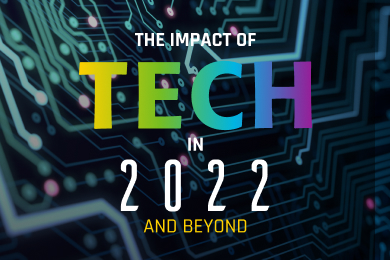 The Impact of Tech in 2022 and Beyond
The Impact of Tech in 2022 and Beyond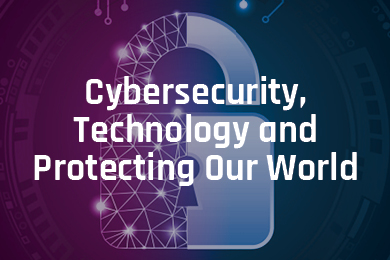 Cybersecurity, Technology and Protecting Our World
Cybersecurity, Technology and Protecting Our World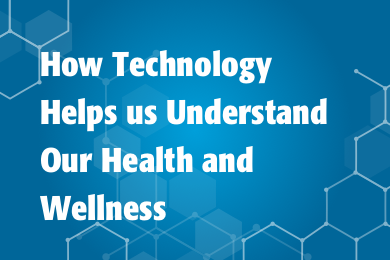 How Technology Helps us Understand Our Health and Wellness
How Technology Helps us Understand Our Health and Wellness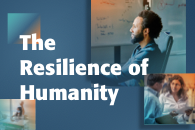 The Resilience of Humanity
The Resilience of Humanity Harnessing and Sustaining our Natural Resources
Harnessing and Sustaining our Natural Resources Creating Healthy Spaces Through Technology
Creating Healthy Spaces Through Technology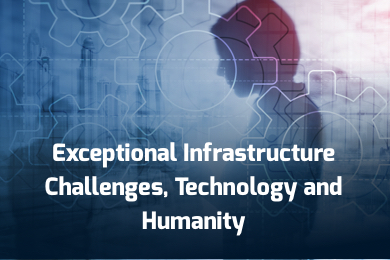 Exceptional Infrastructure Challenges, Technology and Humanity
Exceptional Infrastructure Challenges, Technology and Humanity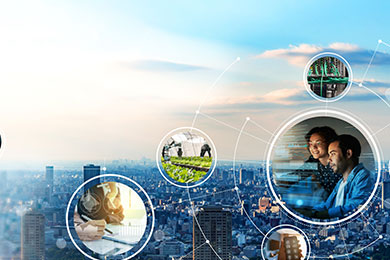 The Global Impact of IEEE's 802 Standards
The Global Impact of IEEE's 802 Standards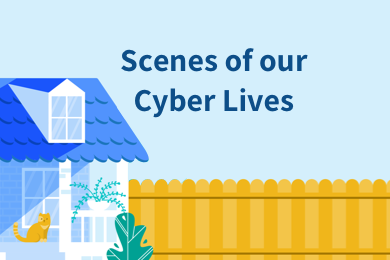 Scenes of our Cyber Lives: The Security Threats and Technology Solutions Protecting Us
Scenes of our Cyber Lives: The Security Threats and Technology Solutions Protecting Us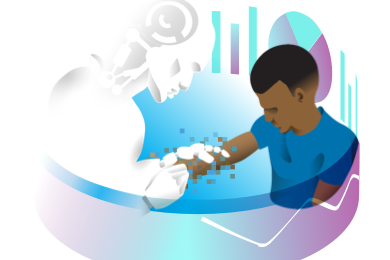 How Millennial Parents are Embracing Health and Wellness Technologies for Their Generation Alpha Kids
How Millennial Parents are Embracing Health and Wellness Technologies for Their Generation Alpha Kids Space Exploration, Technology and Our Lives
Space Exploration, Technology and Our Lives Global Innovation and the Environment
Global Innovation and the Environment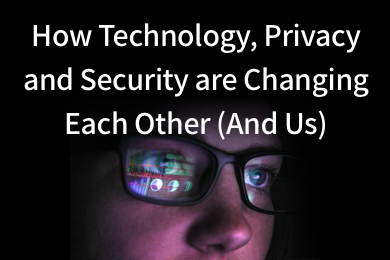 How Technology, Privacy and Security are Changing Each Other (And Us)
How Technology, Privacy and Security are Changing Each Other (And Us)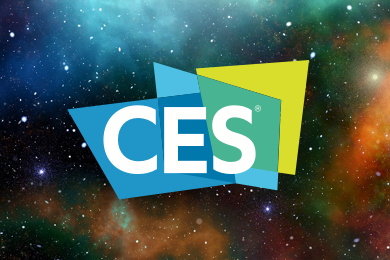 Find us in booth 31506, LVCC South Hall 3 and experience the Technology Moon Walk
Find us in booth 31506, LVCC South Hall 3 and experience the Technology Moon Walk Virtual and Mixed Reality
Virtual and Mixed Reality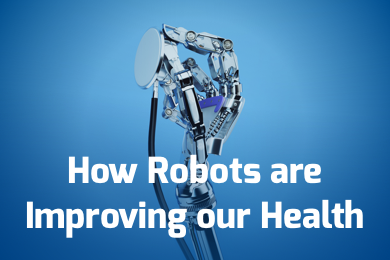 How Robots are Improving our Health
How Robots are Improving our Health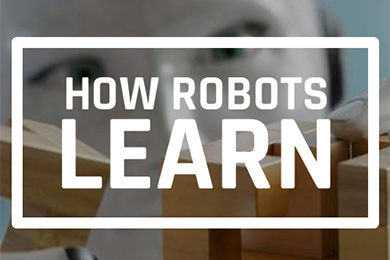 IEEE Experts and the Robots They are Teaching
IEEE Experts and the Robots They are Teaching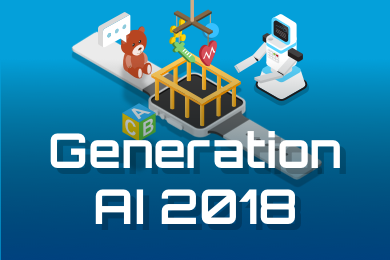 See how millennial parents around the world see AI impacting the lives of their tech-infused offspring
See how millennial parents around the world see AI impacting the lives of their tech-infused offspring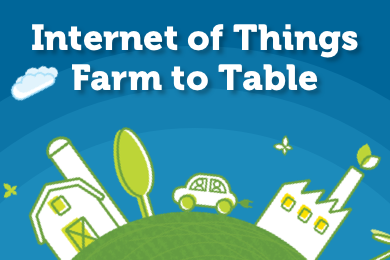 Take the journey from farm to table and learn how IoT will help us reach the rising demand for food production
Take the journey from farm to table and learn how IoT will help us reach the rising demand for food production Watch technical experts discuss the latest cyber threats
Watch technical experts discuss the latest cyber threats Explore how researchers, teachers, explorers, healthcare and medical professionals use immersive technologies
Explore how researchers, teachers, explorers, healthcare and medical professionals use immersive technologies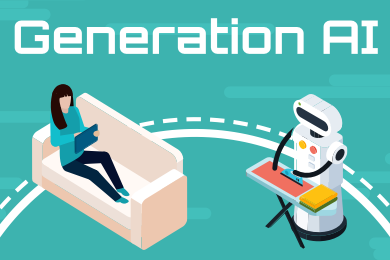 Follow the timeline to see how Generation AI will be impacted by technology
Follow the timeline to see how Generation AI will be impacted by technology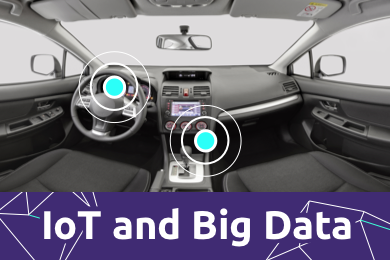 Learn how your IoT data can be used by experiencing a day in a connected life
Learn how your IoT data can be used by experiencing a day in a connected life Listen to technical experts discuss the biggest security threats today
Listen to technical experts discuss the biggest security threats today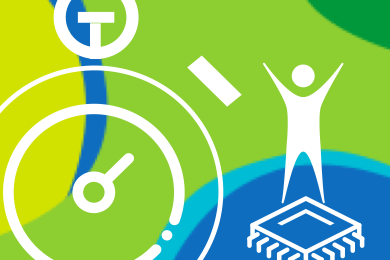 See how tech has influenced and evolved with the Games
See how tech has influenced and evolved with the Games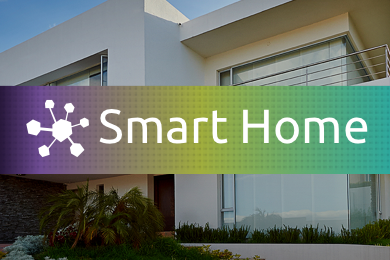 Enter our virtual home to explore the IoT (Internet of Things) technologies
Enter our virtual home to explore the IoT (Internet of Things) technologies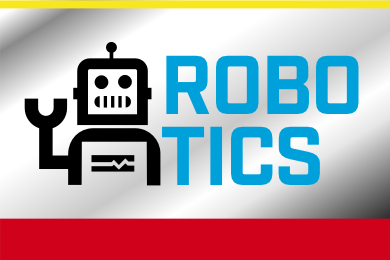 Explore an interactive map showcasing exciting innovations in robotics
Explore an interactive map showcasing exciting innovations in robotics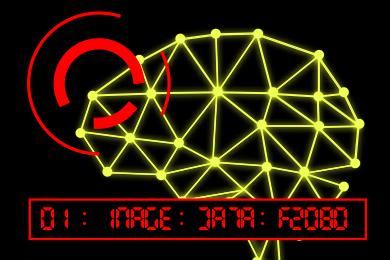 Interactively explore A.I. in recent Hollywood movies
Interactively explore A.I. in recent Hollywood movies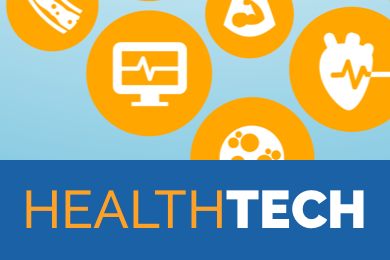 Get immersed in technologies that will improve patients' lives
Get immersed in technologies that will improve patients' lives